In this post, we will understand the various control techniques used in servo motor drives.
Servo motors and drives are very useful components in machine automation. As different from a standard induction motor, they provide the highest possible levels of accuracy and precision; which is a useful criterion in the working of the system. You cannot achieve point-to-point accuracy with a standard induction motor.
Motion control works great due to closed-loop control. The drive will always require actual encoder counts for PID type controlling and reducing the error between the given output and the actual received output. The difference is continuously corrected by the high-profile servo drive circuitry.
Servo Motor Drives
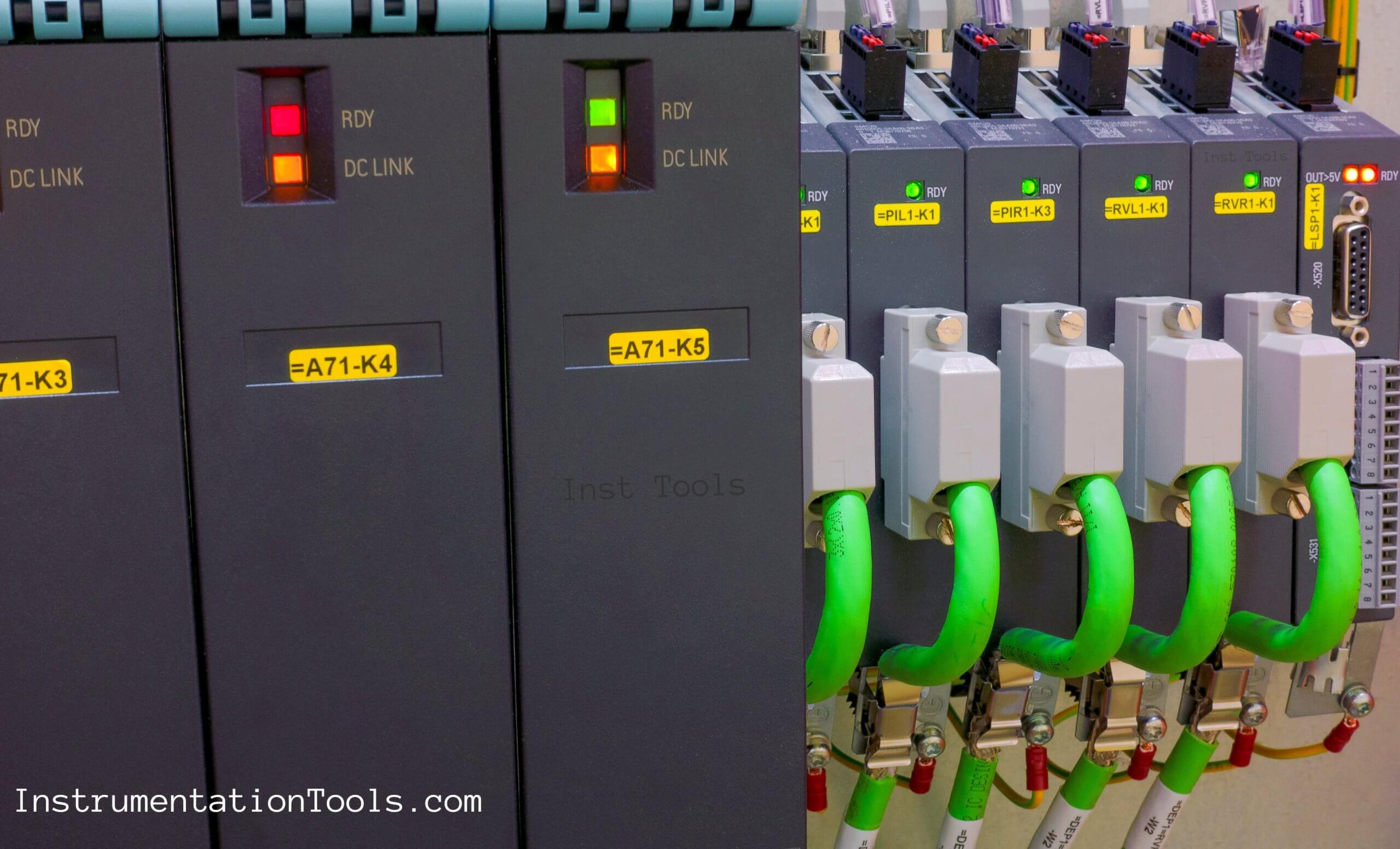
We will here see the three most common used control methods in a servo drive.
Pulse Control Mode
As the name implies, the motor is controlled by taking pulse outputs from the PLC or controller; for exact movement of the motor as commanded.
The PLC will give a set number of pulses to the drive. Suppose you have to feed 10000 pulses to the drive; at a frequency of 40 hertz.
Then, the PLC will divide the pulses in such a way that it is fed continuously at the set frequency to the drive. When the total number of counts is given, it will accurately stop the feed and the drive will too, stop at that accurate position.
This is one of the most commonly and simple means of control used in servo drive. Length and position based applications use this type of control.
Also Read: Servo Motor Versus Stepper Motor
Torque Mode
In this mode, the motor torque is used to control the motor behaviour. Since torque is directly proportional to current, the servo drive obtains the actual motor current from the motor and uses this to determine actual motor torque.
It then compares the actual torque value with the desired torque and adjusts the current delivered to the motor to achieve the desired torque.
Screw Tightening Machine Example
Consider a simple example of a screw tightening machine. The motor requires force to screw and when it reaches the final stage of screwing, it will require a little more force to tighten fully.
So, here, the drive is fed a torque setpoint from PLC. A speed setpoint will be also be given to the drive. When the drive is given run command, the motor moves to achieve the torque for tightening at the set speed.
When the motor has achieved the torque by tightening the screw properly, the drive will send feedback to the PLC to stop the run command accordingly. As soon as the stop command is given, the motor will stop accurately at that position.
The current control loop is typically tuned with a PID controller, and current loop parameters are often set by the manufacturer.
Speed Mode
This can be considered as an advanced version of a simple VFD based induction motor. In this mode, the motor speed is used to control the motor behaviour.
The servo drive obtains the actual speed from an encoder and continuously compares it with the set speed; to maintain the desired speed . The speed is varied by varying the voltage given to the motor.
In a simple VFD, you just give the run command with a set speed to move the motor. But here, apart from taking speed, the drive will run in closed-loop control to constantly monitor the speed and correct if any deviation. This works great under varying loads.
Conclusion
As you can see, all the three methods work in closed loop control. It is not sensible to run the servo applications with feedback control. Due to it’s high precision factor, it is of great use in machine automation.
If you liked this article, then please subscribe to our YouTube Channel for Instrumentation, Electrical, PLC and SCADA video tutorials.
You can also follow us on Facebook and Twitter to receive daily updates.
Read Next:
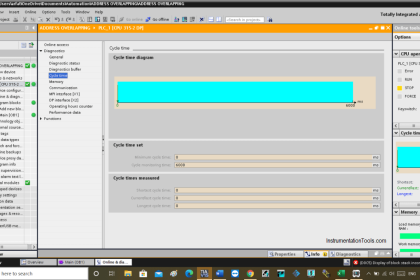
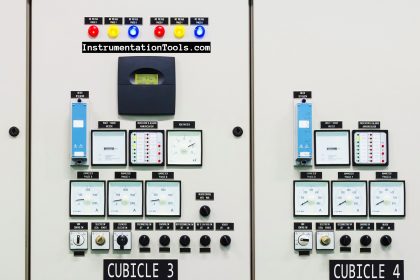
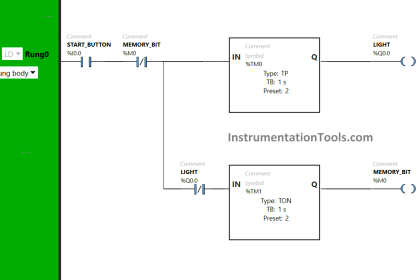
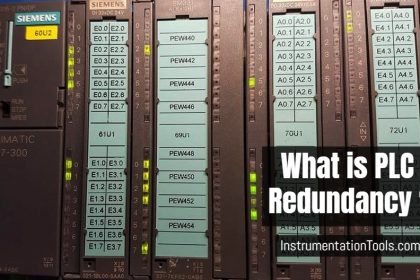

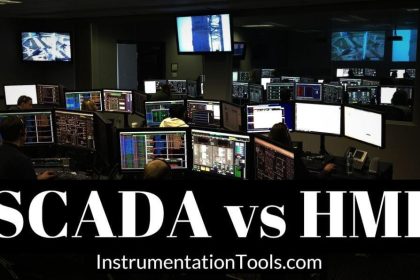
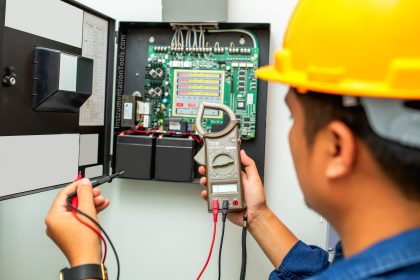

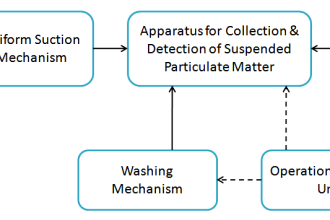

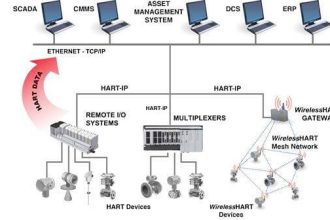
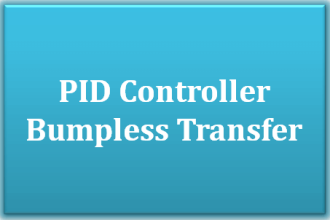
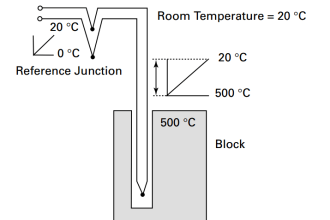
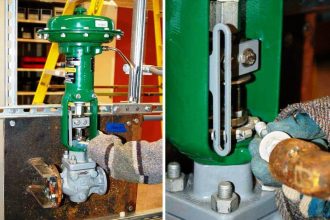
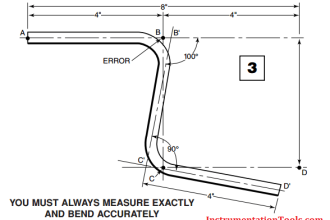
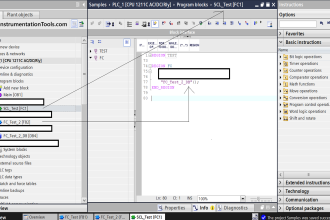

Torque Control:
Solution
You can vary the set torque by changing the analog value in real-time, and you can also change the value of the corresponding address through communication. This method is mainly used in the winding and unwinding device which require strictly on the force of the material, such as the optical fiber pulling device. The purpose of the servo is to prevent the change of the force of the winding material.
Position Control
Servo upper operating speed = Command pulse rated frequency * Servo upper speed
The servo controller is equipped with an encoder that can receive feedback pulse. The encoder feedback pulse frequency is set on the speed loop and the encoder is set.
Feedback pulse frequency = Number of feedback pulses * Set speed of servo motor (r/s)
Command pulse frequency = Feedback pulse frequency / Electronic gear ratio
So you can also change the “command pulse frequency” to set the servo motor speed.
The above is about the solution of the control of the servo motor driver. If you have any other questions, please consult Okmart